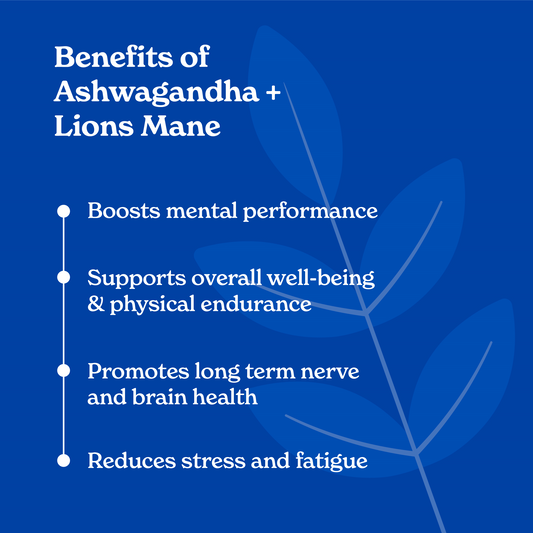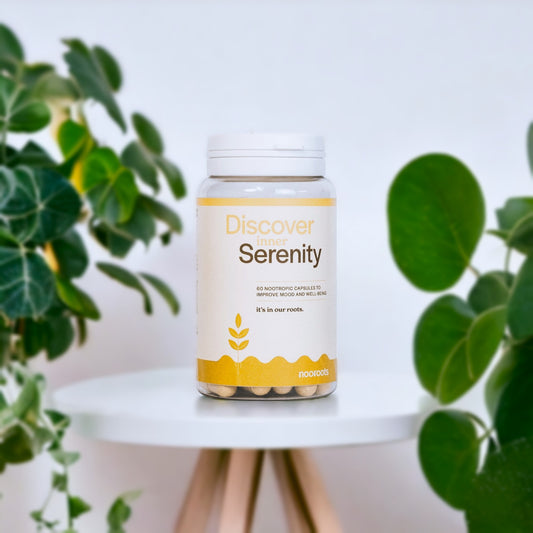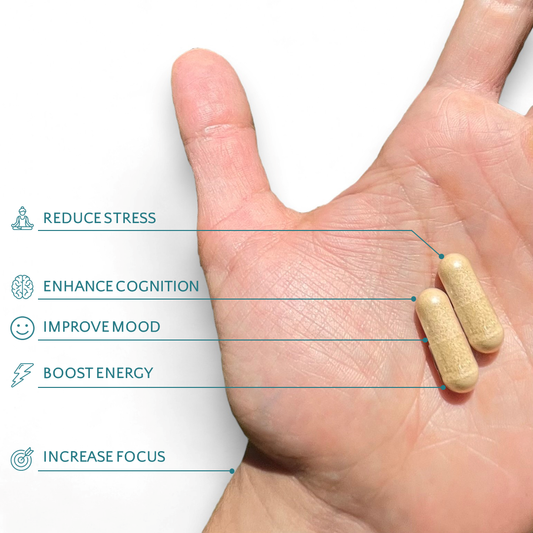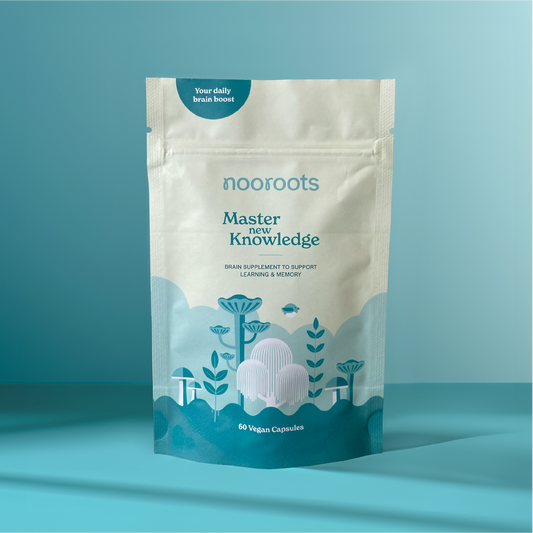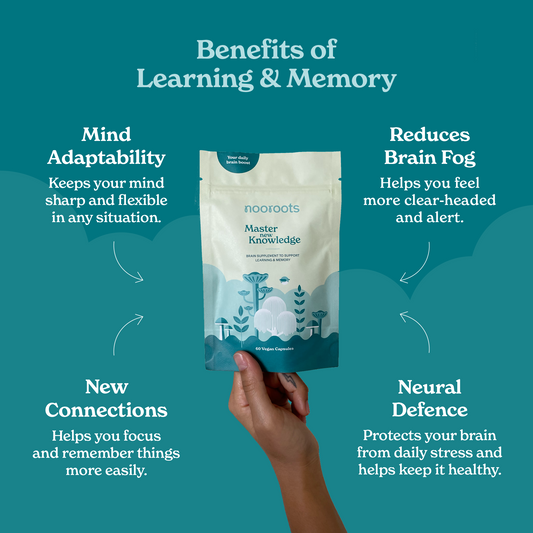Expert Writer and Contributor ✓
About the Author
Daniel was awarded a Master of Science degree from Imperial College London. He is currently completing a PhD in Regenerative Medicine at the Francis Crick Institute.
About the Contributor
Mus was awarded a Master of Science degree in Medical Biotechnology and Business Management from the University of Warwick.
The history of Iron and the universe far predates humanity’s relatively recent understanding of it applications in health and disease. Some astrophysicists would argue the relationship between Iron and our universe is nearly as old as the big bang itself – 13.8 billion years.
Iron is the most abundant mineral in the earth’s crust. It is the sixth most abundant element in the cosmos. It’s role in maintaining life and the history of earth share a joint evolution.
Human civilisation entered its own Iron Age approximately 1200 BC. Knowledge of this ore has helped the rise and fall of the greatest empires history has ever known. To possess an iron weapon was a failsafe advantage if you were fighting an adversary who had a stone spear.
Everywhere you look, Iron is all around us. As you read this, there are grams of it flowing through your veins. Life, as we know it, is addicted to the stuff.
Ancient texts from Iron Age peoples who inhabited Assyria and the Mediterranean touch on Iron’s therapeutic application. Although we may never know how this wise society unearthed the health powers of Iron without modern science. Not until the late 16th and early 17th centuries physicians started to really understand its biological significance.
You would be forgiven if by now you were left wondering - how did life end up being so dependent on iron? What role does it have in human nutrition? And what on earth is a potentially toxic metal from outer space doing in our bodies? Let's find out together.
Contents
- What is Iron?
- Iron Deficiency
- Iron Benefits
- Iron Mechanism of Action
- Iron Side Effects
- Recommended Dosages of Iron
- Best Natural Food Sources of Iron
Iron: A Health Guide to Safe and Effective Supplementation

What is iron?
Iron is one of the key minerals our body needs to function. It has the important role of carrying oxygen from our lungs to all other cells in the body through the blood stream1. Basically, it allows for our blood to carry oxygen around, pretty important!
Alongside it’s important role in oxygenation, iron supports our energy2, mental performance3,4 and immune system5. We can’t make iron in our body, so we need to consume it in our food through things like meat, fish, beans, spinach, and cereal.
Iron Deficiency
When someone has low iron, it is called anaemia. Even mild anaemia is associated with reduced cognitive development, lower work capacity and impaired immunity mechanism6. This is because without enough iron, our body cannot carry oxygen well enough to oxygenate our brain. This can cause inflammation in the brain which wreaks havoc on our cognitive function7.
Iron Benefits
Alongside its key role in oxygen transport to the brain, iron contributes to a range of important brain functions. For example, it acts as a:
- Brain booster: This important mineral is a cognitive enhancer, as studies have shown it can improve attention, short- and long-term memory and performance in cognitive tasks4.
- Mood Stabiliser: Research has shown that having the right amount of iron can protect against psychiatric disorders, mood disorders and ADHD8.
- Energy enhancer: Boosting low iron levels can greatly enhance our energy levels and therefore improve our processing speed and mental work capacity9,10.
Iron Mechanism of Action
Iron molecules attach to the red blood cells in the bloodstream, specifically to haemoglobin molecules. The body needs iron to fuel the oxygen transport proteins and allow them to pick up oxygen and transport it around the body11. Without enough iron, the blood cannot effectively oxygenate our systems, including our brain6.
By boosting oxygenation this mineral reduces tiredness and can prevent headaches and dizziness that occur as a result of too little oxygen reaching the brain6,12. When our brain is appropriately oxygenised, our thinking skills such as attention, processing and memory are enhanced13. Oxygen = happy brain!
Iron Side Effects
Safe and appropriate use of iron have little negative side effects. High doses may cause:
- Stomach upset
- Nausea
Recommended Dosages of Iron
The Nutrient Reference Value (NRV) for Iron is 14mg (milligram). The safe upper limit (SUL) for Iron depends on age. For both males and females aged 14+ the SUL is is 45mg. For younger adults, it is 40mg.
Learn More About NRV and SUL
The NRV and SUL are two values assigned to vitamins and minerals that are designed to provide guidance on how much of a specific nutrient can be consumed.
NRV can be defined as the amount of a specific nutrient needed to adequately meet known nutritional deficiencies. Whereas the SUL is the highest level of nutrient intake that is likely to pose no risk of bad health effects for almost all individuals in the general population.
It is very safe to consume levels of nutrients greater than the NRV as long as the intake is below the SUL.
At nooroots, we take both these values into consideration when performing research and product development. We work with our scientists and partners to select a nutrient level that is both safe and effective.
Best Natural Food Sources of Iron
Here are the top 10 foods rich in Iron:
- Fortified Cereals
- Beef (Skirt Steak)
- Shellfish (Oysters)
- Dried Fruit (Apricots)
- Large White Beans
- Spinach
- Bank Chocolate
- Quinoa
- White Button Mushrooms
- Squash and Pumpkin Seeds
*data sourced from My Food Data
Conclusion
Spanning back to the very beginning of time, Iron has played a prima essentia role in the development of the universe. As the most abundant element in the earth to being vital in oxygen transport for life to forging weapon that helped conquer faraway kingdoms – Iron is an important part of the human story.
Over the course of millennia our understanding of it’s role in human health and disease and advanced significantly. Beyond its function to facilitate oxygen transport, research has shown Iron to act as a cognitive enhancer, stabilise certain types of mood disorders and boost day-to-day energy levels.
The daily recommended dose for Iron is 14 milligrams. The safe upper limits varies between age – above 14 years old it is 45 mg and decreases to 40 mg for younger adults.
For those interested in taking the first step, our Learning & Memory Nootropic Supplement at Nooroots offers a carefully formulated introduction to the world of cognitive enhancement—crafted to support both clarity of mind and balance of mood.
Learn more about the other vitamins, minerals and plant extracts we use to give your brain a daily boost
- Ashwagandha
- Vitamin B2 (Riboflavin)
- Vitamin B5 (Pantothenic Acid)
- Ginkgo Biloba
- Organic Cacao
- Chromium
Evidence
- Abbaspour N, Hurrell R, Kelishadi R. Review on iron and its importance for human health. J Res Med Sci Off J Isfahan Univ Med Sci. 2014;19(2):164-174.
- Pasricha SR, Tye-Din J, Muckenthaler MU, Swinkels DW. Iron deficiency. The Lancet. 2021;397(10270):233-248. doi:10.1016/S0140-6736(20)32594-0
- Pollitt E. Iron Deficiency and Cognitive Function. Annu Rev Nutr. 1993;13(1):521-537. doi:10.1146/annurev.nu.13.070193.002513
- Hulthén L. Iron deficiency and cognition. Scand J Nutr. 2003;47(3):152-156. doi:10.1080/11026480310005720
- Ward RJ, Crichton RR, Taylor DL, Corte LD, Srai SK, Dexter DT. Iron and the immune system. J Neural Transm. 2011;118(3):315-328. doi:10.1007/s00702-010-0479-3
- Hare GMT. Anaemia and the brain. Curr Opin Anaesthesiol. 2004;17(5):363-369. doi:10.1097/00001503-200410000-00003
- Pittman RN. Oxygen Transport in Normal and Pathological Situations: Defects and Compensations. Morgan & Claypool Life Sciences; 2011. Accessed May 10, 2022. https://www.ncbi.nlm.nih.gov/books/NBK54113/
- Lee HS, Chao HH, Huang WT, Chen SCC, Yang HY. Psychiatric disorders risk in patients with iron deficiency anemia and association with iron supplementation medications: a nationwide database analysis. BMC Psychiatry. 2020;20:216. doi:10.1186/s12888-020-02621-0
- Pasricha SR, Low M, Thompson J, Farrell A, De-Regil LM. Iron Supplementation Benefits Physical Performance in Women of Reproductive Age: A Systematic Review and Meta-Analysis. J Nutr. 2014;144(6):906-914. doi:10.3945/jn.113.189589
- Houston BL, Hurrie D, Graham J, et al. Efficacy of iron supplementation on fatigue and physical capacity in non-anaemic iron-deficient adults: a systematic review of randomised controlled trials. BMJ Open. 2018;8(4):e019240. doi:10.1136/bmjopen-2017-019240
- Mairbäurl H, Weber RE. Oxygen Transport by Hemoglobin. In: Comprehensive Physiology. John Wiley & Sons, Ltd; 2012:1463-1489. doi:10.1002/cphy.c080113
- Gattas BS, Ibetoh CN, Stratulat E, et al. The Impact of Low Hemoglobin Levels on Cognitive Brain Functions. Cureus. 12(11):e11378. doi:10.7759/cureus.11378
- Falkingham M, Abdelhamid A, Curtis P, Fairweather-Tait S, Dye L, Hooper L. The effects of oral iron supplementation on cognition in older children and adults: a systematic review and meta-analysis. Nutr J. 2010;9(1):4. doi:10.1186/1475-2891-9-4



